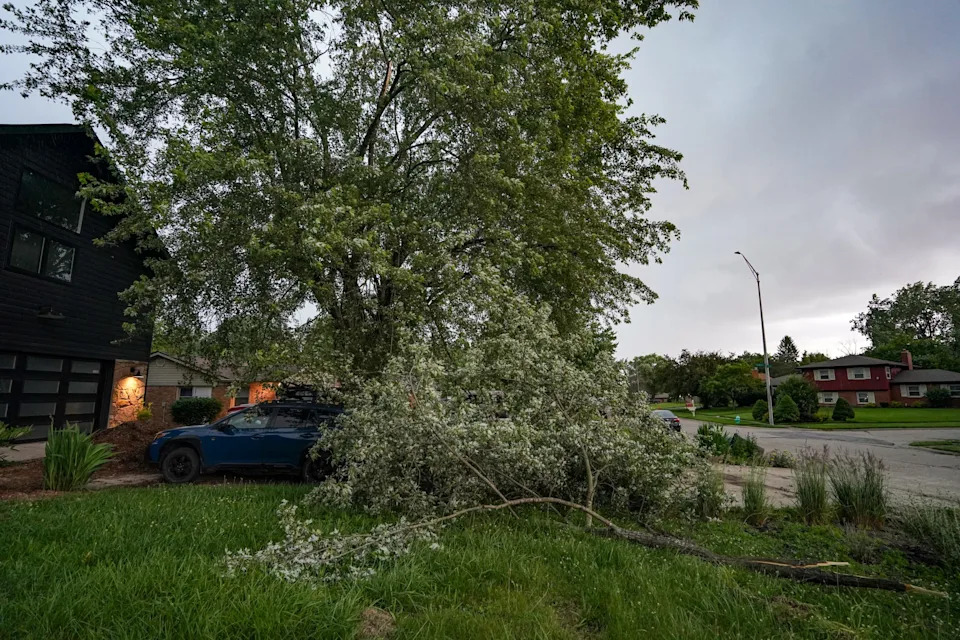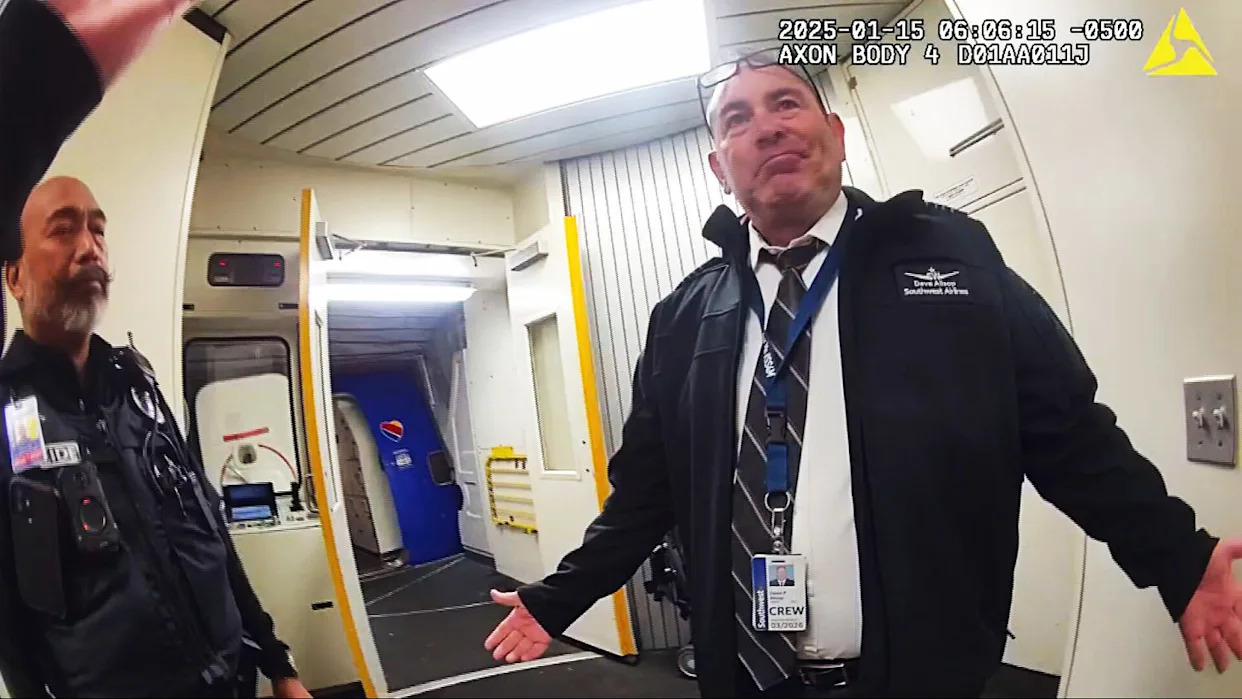A pile of leaves, pieces of rotting fruit, dead tree branches.
It's not your tree, it's not even planted inside your fence, but now it's your job to clean up its mess.
The first reaction might be to grab the loppers or a chainsaw, but experts say to take a breath because cutting off the nuisance limbs can have repercussions.
Here's what you need to know before you start trying to cut into your neighbor's uninvited timber in Indiana.
Can I cut branches off my neighbor's tree?
You can cut down those tree limbs, but if you do it incorrectly, you could get in some legal trouble, according to Lindsey Purcell, the executive director of the Indiana Arborist Association.
Before making any alterations to your neighbor's tree, Purcell recommends that neighbors discuss any issues they may have regarding problematic trees along the shared property line.
If an agreement can't be reached among neighbors, Purcell noted that homeowners do have some rights to address tree branches that hang into their property.
"You can implement some pruning as long as you don't adversely affect the tree's health or kill it," Purcell said. "And if you wanted to prune a tree that's on your neighbor's side, legally, you can't go onto your neighbor's property; it has to be done from your property."
Purcell shared that in prior litigation, homeowners have been found liable for damages when their actions cause adverse effects to the health of their neighbor's tree, long-term issues, affect the neighbor's "enjoyment" of the tree or kill the tree.
"People think they have rights, from ground to sky with trees, but that isn't necessarily the case in a lot of states," Purcell said. "If you damage the neighbor's tree by excavating some tree roots, you could be found liable for those damages."
What if the tree sits on the boundary line?
If the trunk of the tree falls on the boundary line of two neighbors, things get trickier, said Ashley R. Hollen, an attorney at Kahn, Dees, Donovan & Kahn, in a post about the subject.

The ownership of the tree would be shared between the neighbors, and both homeowners retain the right to trim or prune parts of the tree that hang over their property.
However, if either neighbor wanted to cut down the tree, they would need the approval of the other neighbor or they would be responsible for any damages to the tree.
If the ownership of the tree is being contested, Purcell recommends calling the city or county surveyor's office to help determine the rightful ownership of the tree.
What if I think my neighbor's tree might damage my property?

Purcell acknowledged that sometimes the issues that arise between neighbors aren't just a few branches hanging over a fence line, but trees that could potentially damage a person's property if they were to fall over.
Even in these situations, Purcell advises that the first step a homeowner should take is to communicate their concerns to their neighbor in hopes of resolving the issue.
If that isn't a feasible option, Purcell recommends that the homeowner hire a certified arborist with the International Society of Arboriculture to conduct a tree risk assessment.
These assessments can help determine a tree's health and can help the neighbor recover costs if the tree were to cause damage to their property.
"Past evaluations can show how a tree has changed in its health and structure over the years. Also, written assessments are beneficial in liability claims and court cases," Purcell said.
Without a tree risk assessment, an insurance agency can potentially dispute the damage, according to Purcell.
Noe Padilla is a Public Safety reporter for IndyStar. Contact him at [email protected], follow him on X @1NoePadilla or Bluesky @noepadilla.bsky.social.
This article originally appeared on Indianapolis Star: Can I trim my neighbor's tree in Indiana? Here's what an arborist says





Comments